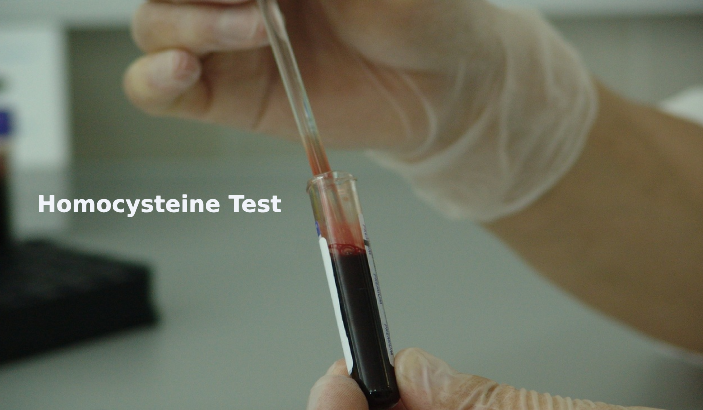Homocysteine is an amino acid in the blood that, when elevated, is associated with an increased risk of heart attacks, strokes, and other cardiovascular diseases. A homocysteine test measures the level of this amino acid in the blood and is a valuable tool for assessing cardiovascular risk and more.
Purpose of the Homocysteine Test
- Assessing Cardiovascular Risk: The primary purpose of the homocysteine test is to help assess the risk of developing cardiovascular diseases, including heart disease and stroke.
- Identifying Vitamin Deficiencies: Elevated homocysteine levels can indicate deficiencies in vitamins B6, B12, and folate since these vitamins are required to metabolize homocysteine effectively.
- Evaluating Genetic Disorders: The test is also used to diagnose rare genetic disorders that affect how the body processes amino acids.
- Monitoring Medical Conditions: In patients with known cardiovascular or vitamin deficiency issues, monitoring homocysteine levels can help manage these conditions effectively.
Preparation for the Test
- Fasting: Typically, fasting for 8-12 hours before the test is required to ensure accuracy in the homocysteine measurement.
- Medication and Supplement Disclosure: Inform your healthcare provider about all medications and supplements you are taking, as some can affect homocysteine levels.
- Avoiding Coffee and Alcohol: Patients may be advised to avoid coffee and alcohol before the test as they can influence homocysteine levels.
Procedure of the Homocysteine Blood Test
- Blood Sample Collection: Blood for the homocysteine test is usually drawn from a vein in the arm. The procedure is similar to most other blood tests.
- Handling and Processing: The blood sample is then processed using a centrifuge to separate the plasma, which is analyzed for homocysteine levels.
- Analytical Methods: The plasma is tested using methods such as immunoassay, enzymatic assay, or high-performance liquid chromatography (HPLC) to accurately measure homocysteine levels.
Normal Range
- Typical Values: Normal ranges for homocysteine can vary slightly by laboratory but are generally between 4 and 15 micromoles per liter (µmol/L).
- Age and Gender Variations: Normal values may vary depending on age and gender, with slightly higher levels typically seen in men and older adults.
Results Interpretation
- Normal Results: Indicates a low risk of cardiovascular disease related to homocysteine and adequate vitamin B6, B12, and folate levels.
- Elevated Results: High levels of homocysteine may suggest an increased risk for cardiovascular diseases, vitamin deficiencies, or thyroid dysfunction. It can also indicate kidney disease or genetic factors affecting homocysteine metabolism.
- Clinical Decisions: Results are used in conjunction with other clinical findings and tests to make informed decisions about further testing or treatment, including supplementation with B vitamins.
The homocysteine blood test is used for assessing cardiovascular risk and monitoring vitamin B levels. By measuring this specific amino acid, healthcare providers can evaluate risks for heart disease, stroke, and more, and make informed decisions about interventions that may include lifestyle changes or vitamin supplementation. Understanding the role of homocysteine in the body helps patients and providers tackle potential health issues proactively, aiming to improve overall health outcomes.
I specialize in writing about health, medical conditions, and healthcare, drawing extensively from scientific research. Over the course of my career, I have published widely on topics related to health, medicine, and education. My work has appeared in leading blogs and editorial columns.








